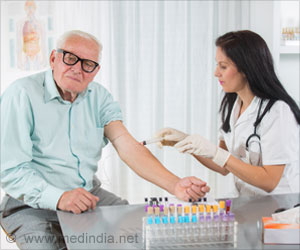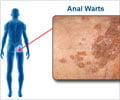A metabolic crystal ball helps a person to find out if he or she is prone to heart disease-risks. The crystal ball helps in taking preventative measures.

‘Metabolic crystal ball not only weighs the traditional risk factors (obesity, hypertension, diabetes) but also takes race, gender and ethnicity into account.’





Patients with abnormalities in at least three of these were diagnosed as having metabolic syndrome and were told that they are at elevated risk for future health problems. However, the metabolic crystal ball, weighs the traditional risk factors as well as takes race, gender and ethnicity into account to produce an easy-to-understand metabolic severity score, which may prompt patients to make lifestyle changes that would spare them the suffering and expense of avoidable illnesses, said the researchers.
"This boils it down to telling a patient, 'On the risk spectrum, you are here, and you're in a position where we are worried you are going to have a cardiovascular event in the next 10 years'," said Mark DeBoer, from the University of Virginia.
"My hypothesis is that the more specific information you can give to individuals at risk, the more they will understand it and be motivated to make some changes," added DeBoer.
For the study, published in the Journal of the American College of Cardiology, the team looked retroactively at outcomes in more than 13,000 people and found that the new tool was a better risk predictor than the individual risk factors alone.
Advertisement
Advertisement











